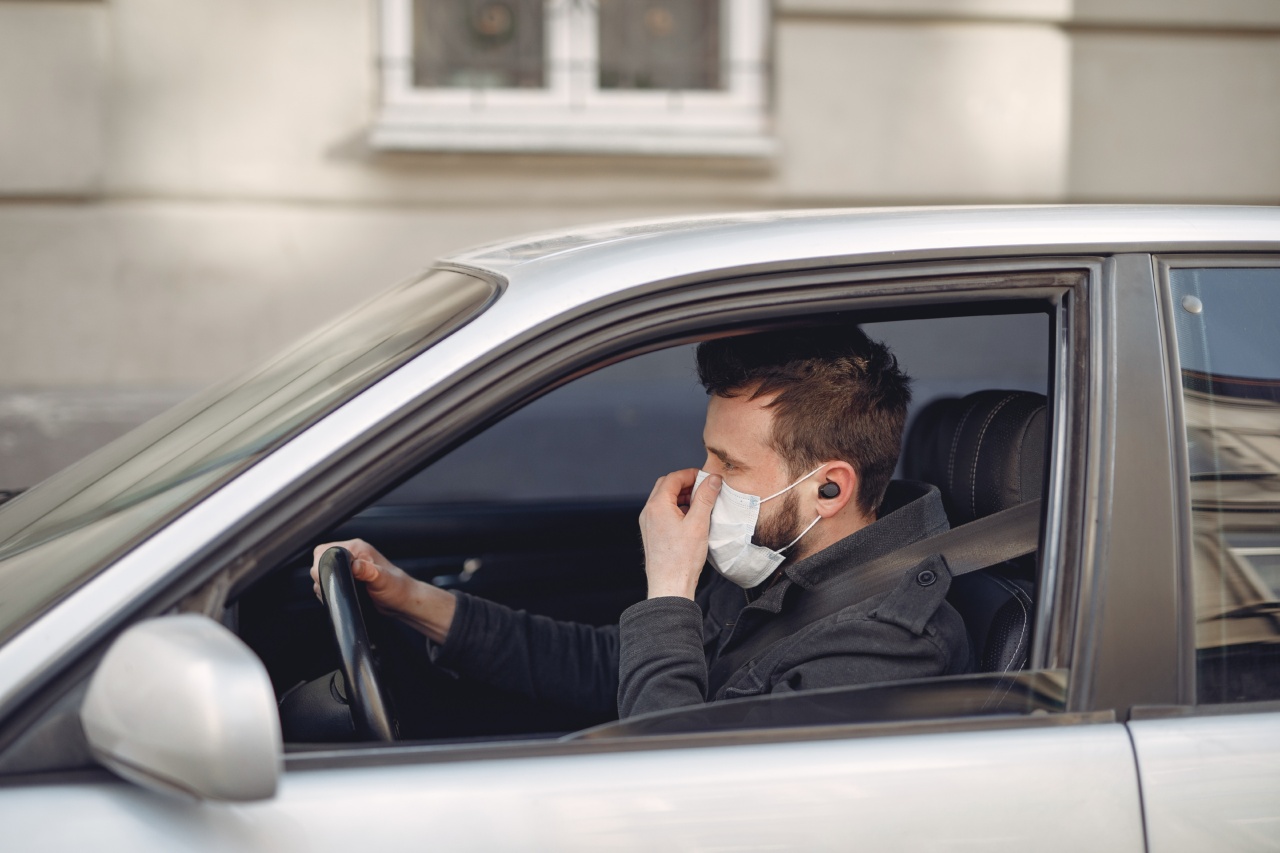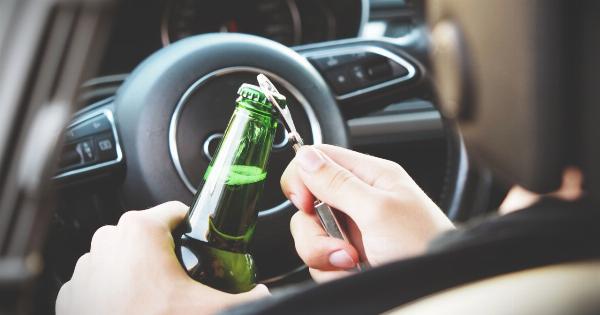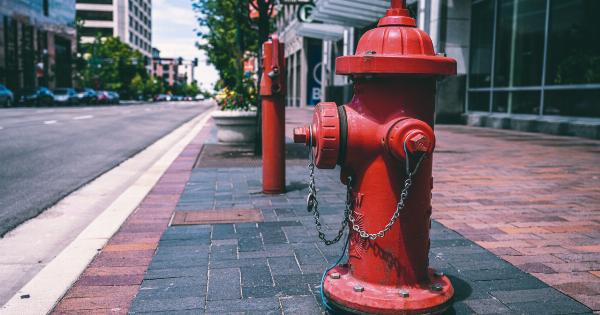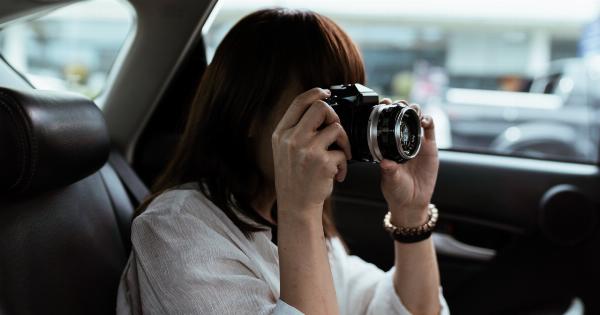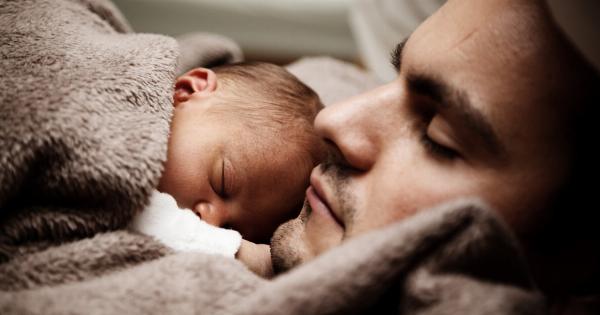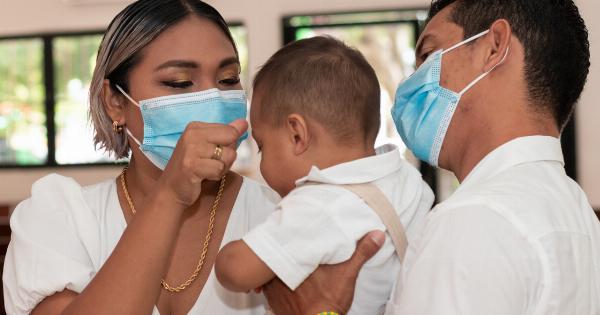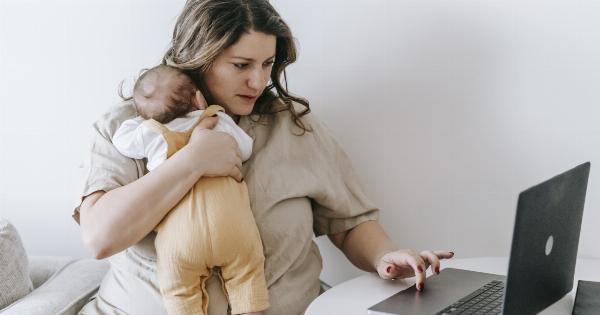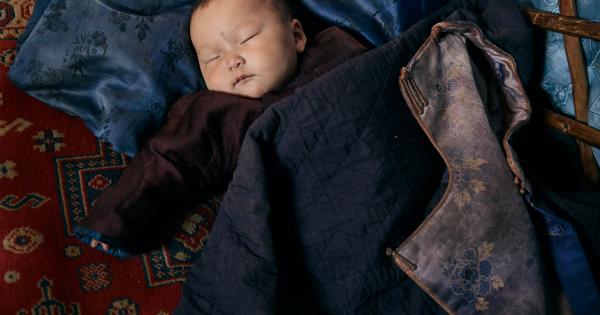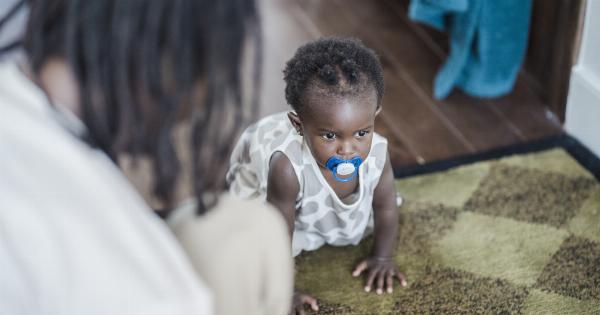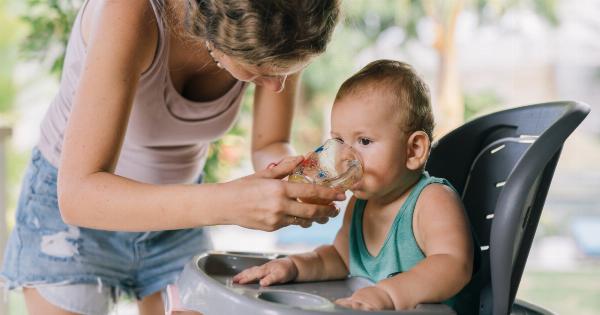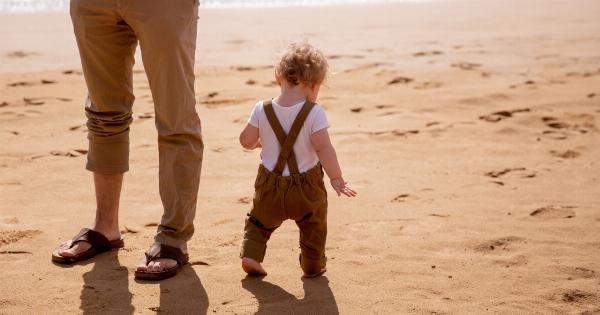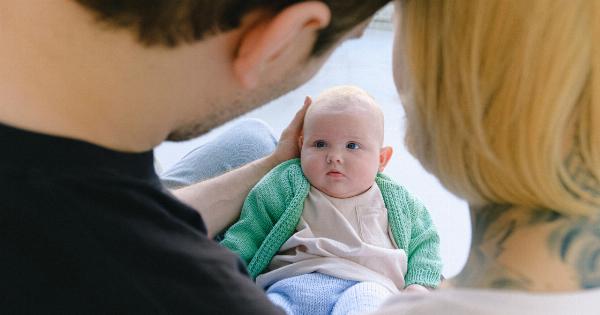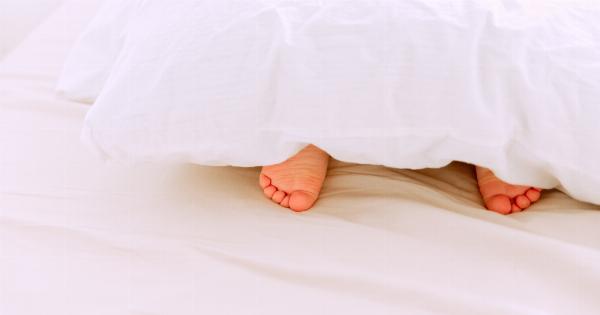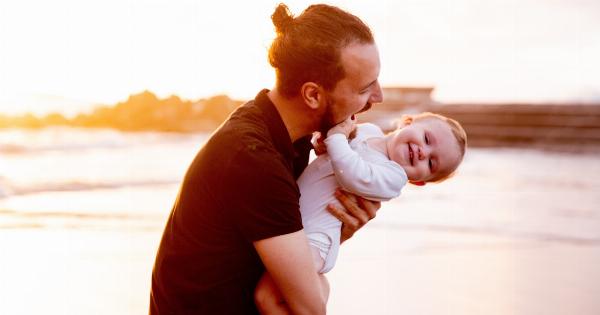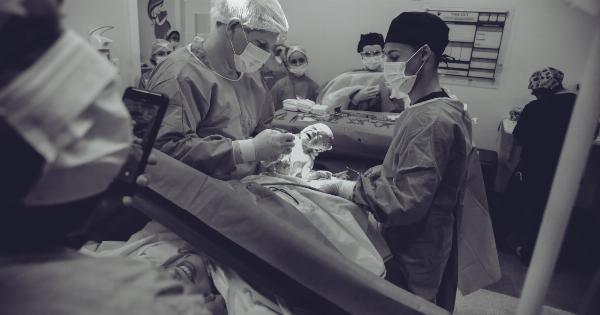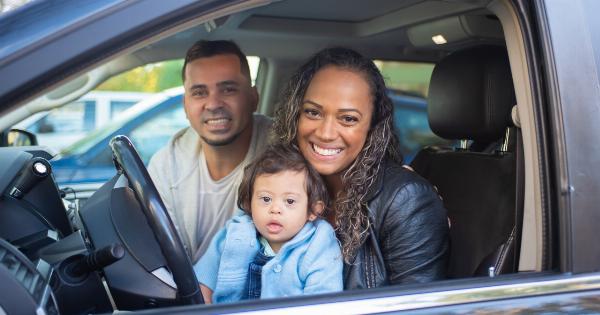As parents, one of our primary concerns is the safety and well-being of our children, especially when it comes to their sleep. Many parents find it convenient to let their baby sleep in a car seat, especially during long drives or when running errands.
However, it is essential to understand the potential risks and safety guidelines associated with letting your baby sleep in a car seat.
Car seats are primarily designed for use in vehicles to protect infants and young children during a car ride by restraining them and minimizing the risk of injuries in case of an accident.
While car seats provide a safe and secure environment during travel, there are a few factors to consider before allowing your baby to sleep in one for an extended period.
1. Car Seats and Safe Sleep
According to the American Academy of Pediatrics (AAP), car seats are not intended for routine sleep because they pose certain risks to your baby’s safety.
The semi-upright position in a car seat can cause the baby’s head to fall forward, potentially restricting their airway. This can result in positional asphyxia, which is a significant concern for infants, especially those under 6 months old.
When your baby’s head falls forward in a car seat, their airway can become obstructed, leading to breathing difficulties. The risk is increased if the baby is too young to control their head movements independently.
Therefore, it is best to limit the use of car seats for sleep to when you are traveling in a vehicle.
2. Monitoring Baby’s Sleep
No matter where your baby sleeps, it is crucial to monitor their sleep regularly to ensure their safety. When your baby is asleep in a car seat, it can be challenging to keep a close eye on them at all times.
The angle and position of the car seat may restrict your view of their face, making it difficult to notice any changes in their breathing patterns or signs of distress.
Additionally, babies who sleep in a car seat for an extended period may be at a higher risk for overheating, especially during warmer weather.
The enclosed nature of the car seat and lack of airflow can cause your baby to become too hot, leading to discomfort and potential health issues.
3. Sleep-Related Risks in Car Seats
While car seats are designed to keep your baby safe during travel, they are not designed specifically for prolonged sleep.
In addition to the risk of positional asphyxia and overheating, there are other potential hazards associated with using car seats for sleep:.
Strap Tightness:
Improperly secured straps can pose a safety risk to your baby. Loose straps can be a suffocation hazard, while overly tight straps can cause discomfort and restrict breathing.
It is crucial to follow the manufacturer’s recommendations and ensure proper strap tightness for your baby’s safety.
Neck and Spinal Alignment:
When a baby falls asleep in a car seat, their head may fall forward or to the side, compromising their neck and spinal alignment.
This can cause discomfort or strain on their neck muscles and may contribute to long-term postural issues if not addressed.
Side Impact Risks:
Car seats are designed to protect infants and young children from frontal or rear-end collisions. However, they may not provide the same level of protection in the event of a side impact.
If you choose to let your baby sleep in a car seat outside of a vehicle, be cautious of potential tipping hazards or accidental falls.
4. Safe Sleep Alternatives
There are safer sleep options to consider for your baby instead of relying solely on a car seat:.
1. Crib or Bassinet:
Using a crib or bassinet that meets the safety standards for infant sleep is the best option for your baby’s overall safety and comfort. These sleep surfaces provide a flat and firm mattress, optimal airflow, and a secure environment.
2. Portable Sleep Pods:
Portable sleep pods, such as a pack ‘n play or crib with mesh sides, are designed for safe sleep on the go. They offer a familiar sleep environment for your baby and are an excellent alternative to car seats.
3. Babywearing:
Babywearing, using a suitable carrier, is a great way to keep your baby close and allow them to nap while ensuring their safety. Just remember to follow the manufacturer’s guidelines and maintain a clear airway for your baby.
5. Tips for Using Car Seats Safely
While using car seats for sleep should be limited to the vehicle itself, it is important to use them correctly and safely to protect your baby during car rides. Here are some tips to follow:.
1. Proper Installation:
Ensure your car seat is installed correctly according to the manufacturer’s instructions. Consult a certified child passenger safety technician if you need assistance with proper installation and seat positioning.
2. Age and Size Recommendations:
Use an appropriate car seat based on your baby’s age, weight, and height. Follow the guidelines and make sure to transition to the next seat type as your child grows.
3. Harness Adjustment:
Adjust the car seat harness to fit your baby correctly. The harness should be snug, with no slack, and positioned at the appropriate height for your baby.
4. Avoid Bulky Clothing:
Avoid dressing your baby in bulky clothing that could compress in a crash, compromising the harness’s effectiveness. Instead, use blankets or dress your baby in thin layers to keep them warm during travel.
5. Regular Breaks on Long Drives:
If you are taking a long road trip, plan regular breaks every 1-2 hours to allow your baby to stretch, have a diaper change, and get some supervised playtime. Avoid using the car seat as a substitute for a safe sleep space during these breaks.
Conclusion
While car seats are vital for ensuring your baby’s safety during car travel, they should not be used as a substitute for a safe sleep environment.
Car seats are not designed for prolonged sleep and carry risks such as positional asphyxia and overheating. It is essential to prioritize your baby’s safety and provide them with a suitable sleep space, such as a crib, bassinet, or portable sleep pod.
Remember to use car seats correctly and follow the manufacturer’s guidelines to ensure your baby’s safety during car rides. Regularly monitor your baby’s sleep and stay attentive to any signs of discomfort or distress.
By prioritizing safe sleep practices, you can provide your baby with the best possible environment for healthy and restful sleep.
